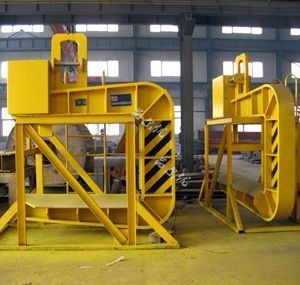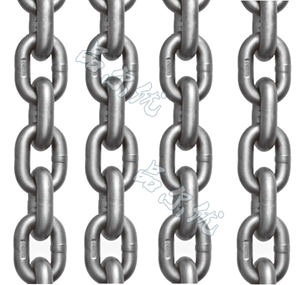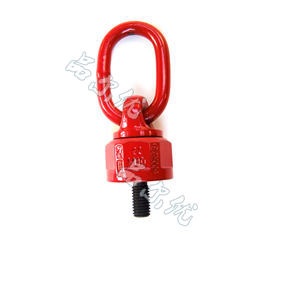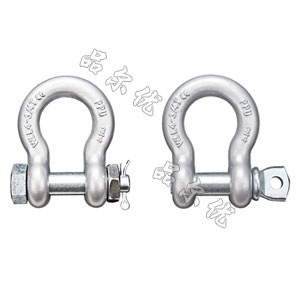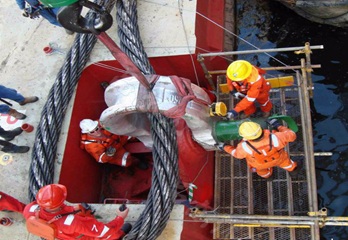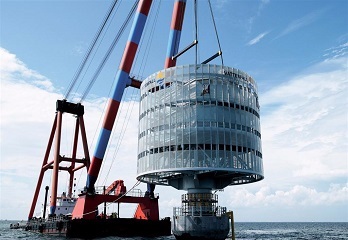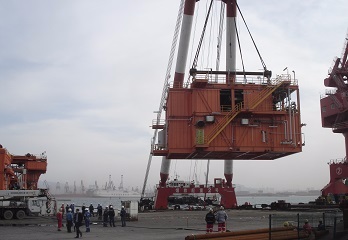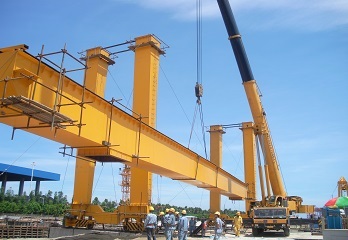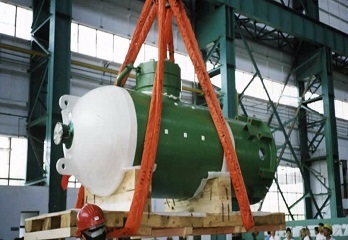screw jack
2025-10-29
The principle of a screw jack relies on the transmission of a screw pair, which is based on the principles of screw drive and inclined plane.
A screw jack mainly consists of a screw rod, a nut, a base, a handle, and other components. When the handle or wrench is rotated, it drives the screw rod to rotate. Since the nut is usually fixed to the base, the screw rod moves axially while rotating according to the principle of screw drive. The top of the screw rod is connected to a supporting platform, thereby enabling the platform to rise or fall and achieving the purpose of lifting or lowering heavy objects.
Threads can be regarded as inclined planes wrapped around a cylinder; rotating the screw rod is equivalent to moving on this inclined plane. According to the principle of work, in an ideal scenario, the work done by the driving force on the screw rod equals the work done to overcome the gravity of the heavy object. Additionally, the transmission of the screw pair features self-locking performance—when the screw rod stops rotating, the nut remains fixed in position and will not automatically lower due to the load, ensuring safety during use.
Details>






